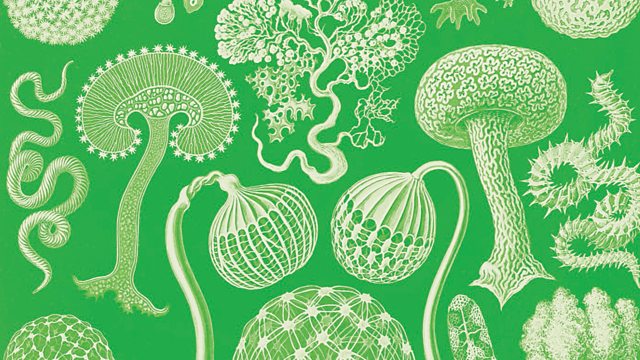Snails
The life-long obsession of the novelist Patricia Highsmith with snails, who often took them in her handbag to parties for company.
Slime is an ambiguous thing. It exists somewhere between a solid and a liquid. It inspires revulsion even while it compels our fascination in fiction and on the screen. It is both a vehicle for pathogens and the strongest weapon in our immune system. Many of us know little about it, yet it is the substance on which our world turns.
Sirine Saba reads from Susanne Wedlich鈥檚 ground-breaking new book which leads us on a journey through the 3-billion-year history of slime, from the part it played in the evolution of life on Earth to its potential role in climate change and life beyond our planet.
There is probably no single living creature that does not depend on slime in some way. Most organisms use slime for a number of functions: as a structural material, as jellyfish do; for propagation, as plants do; to catch prey, as frogs do; for defence, like the hagfish; or for movement, like snails.
In this episode, the story of the novelist Patricia Highsmith鈥檚 life-long obsession with snails. For her they were a symbol of female sexual transgression, and several men in her stories meet slimy ends, devoured by snails. An abrasive and difficult personality, she found companionship with her pet snails, smuggling them across borders in her bra and taking them in her handbag to dinner parties for company.
Written by Susanne Wedlich and translated by Ay莽a T眉rko臒lu
Abridged and produced by Jane Greenwood
A Loftus Media production for 麻豆社 Radio 4
Last on
Broadcasts
- Thu 28 Oct 2021 09:45麻豆社 Radio 4 FM
- Fri 29 Oct 2021 00:30麻豆社 Radio 4

